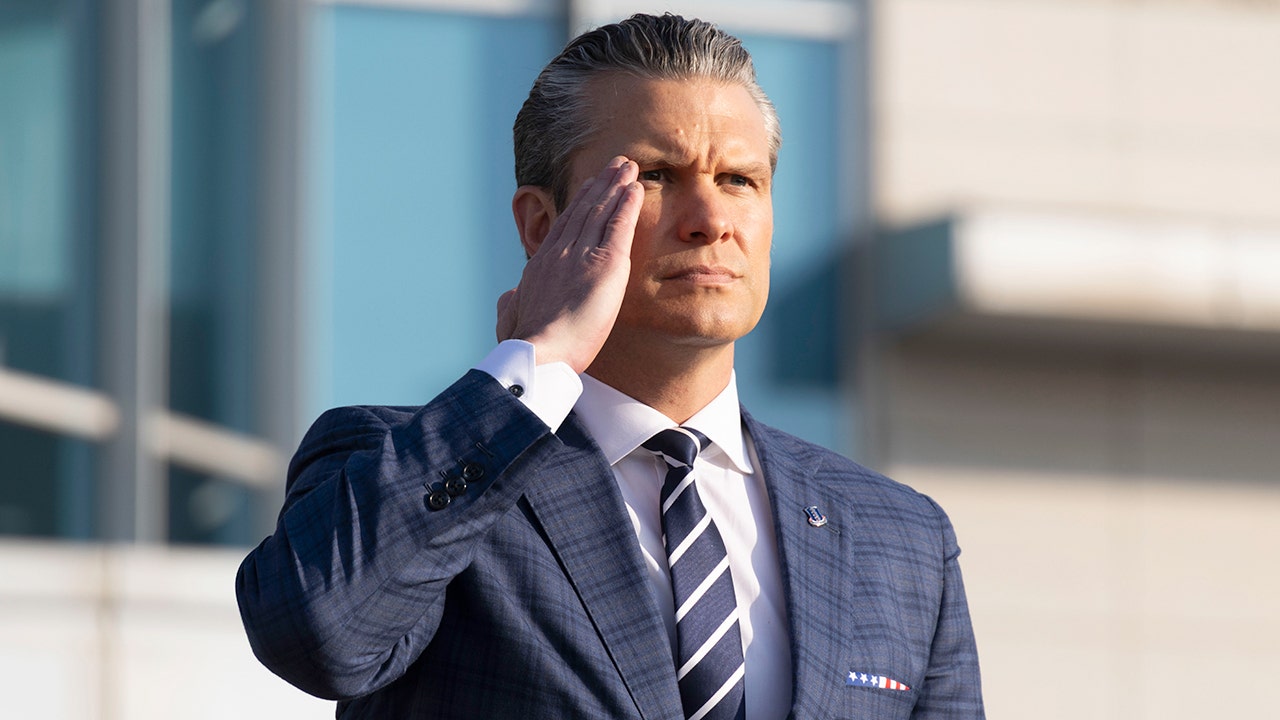Just because an exercise is considered a ‘classic’ or everyone on the gym floor is doing it, doesn’t necessarily mean it’s the best for muscle growth. While there are lots of exercises out there that are effective for hypertrophy, there are some that are arguably ever so slightly better, due to the fact that they’re easier to progressively overload, or are more convenient, time-wise.
If you’ve started to hit a plateau in your training or feel your gains have been somewhat minimal, then it may be time to switchup your programme. Exercise Researcher, Dr. Pak Androulakis-Korakakis, has shared five exercises in a recent YouTube video, that he’s stopped doing for muscle growth, and some smart swaps you can try instead to unlock better (and hopefully bigger) results…
Barbell back squat
(Image credit: Getty Images)
The barbell back squat is hailed as the king of lower body exercises – like, if you don’t do it, who are you? But is it best for honing in on your quads? Dr. Pak would disagree. “Barbell squatting, in my opinion, is not the most time-efficient way to blast your legs, and can feel ‘meh’ given that it overloads your spine.” It’s also not the safest exercise to go all out to failure on.
Try swapping to: barbell front squat or leg press machine
For those who love barbell work, but don’t look forward to back squatting, Dr. Pak recommends trying the front squat. His reasonings: you’ll use less weight (so it’s less of a pain to set up), and using an anterior load can increase knee flexion so that you can sink deeper into the squat, meaning a bigger stretch on the quads. For those who want to sack off the barbell altogether, try the leg press. “Exact same movement pattern as the squat, without the actual loading. Minimal setup required, easy to fail safely,” he says.
Barbell bench press
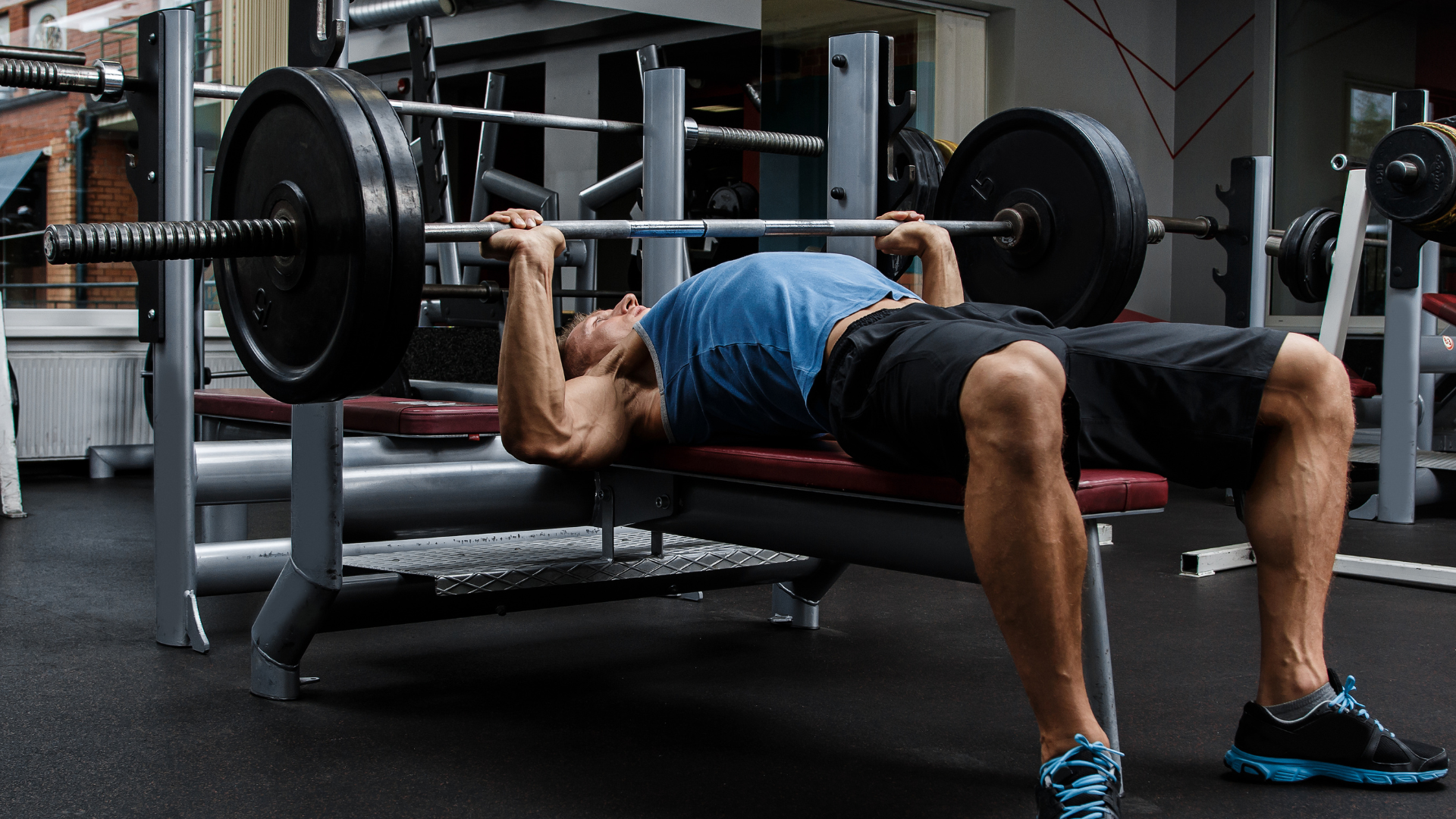
(Image credit: Getty Images)
Another classic strength exercise and a staple in Arnie’s chest routine back in his heyday. However, the bench press isn’t always freely available and, although it absolutely encourages chest hypertrophy, some people do find it uncomfortable to perform. “For me, I often felt it in my shoulders, and it bothered me from session to session,” says Dr. Pak. “It can also be a bit annoying that you need a spotter if you want to push hard.”
Try swapping to: machine chest press
“It’s super easy to set up, allows me to train close to failure without the mental load of being trapped under a barbell, and you can adjust the incline, the grip – it’s very versatile.” Don’t have access to this machine? Dr. Pak also says the dumbbell chest press is a fantastic option, as it gives you more range of motion and you can target different areas of the chest, depending on the position of your weight bench. No dumbbells? Deficit push-ups and dips are his bodyweight alternatives.
Bent-over barbell rows
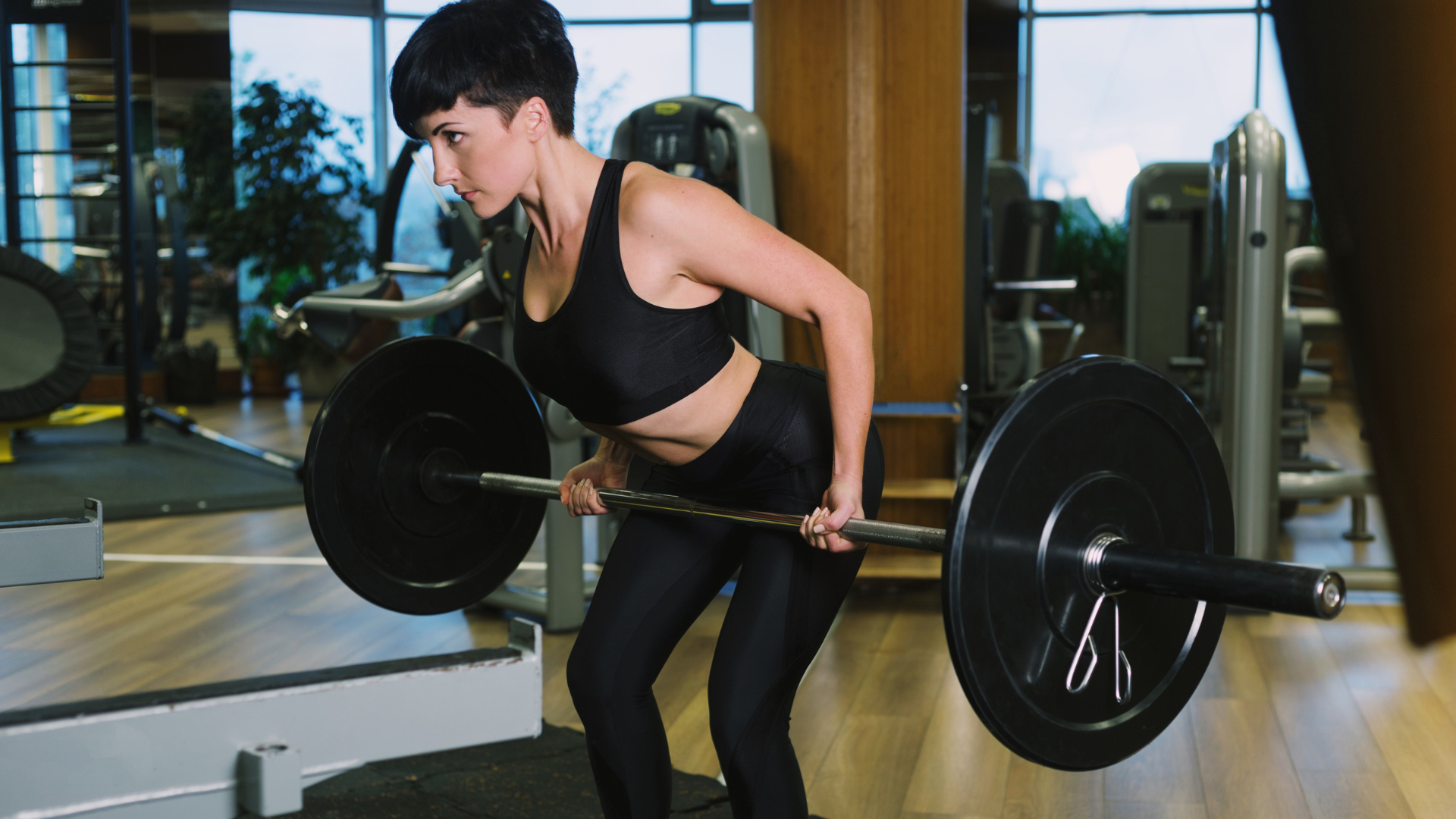
(Image credit: Shutterstock)
When a wide thick back is the goal, everyone immediately thinks ‘bent-over barbell rows’. Yes – a great exercise, but Dr. Pak says it isn’t without its terms and conditions. “Bent-over barbell rows absolutely torch your lower back, especially if you’re pushing heavy weights and close to failure. While that’s not inherently bad, it becomes a bit of a problem, sometimes, and it can be annoying when you’re trying to bias certain parts of your back.”
Try swapping to: bent-over dumbbell row
“I’m able to get more range of motion, have a bit more control, be able to be a bit more versatile with my grip, and in general, it’s a very versatile exercise that only requires you to grab the dumbbells, bend over and do them.” Dr. Pak also adds it’s a great exercise to superset with a chest exercise (think dumbbell press press above), ideal if you’re tight for time and need a workout you can get done sharpish. “A better bang for your buck option,” he says.
Leg extension machine
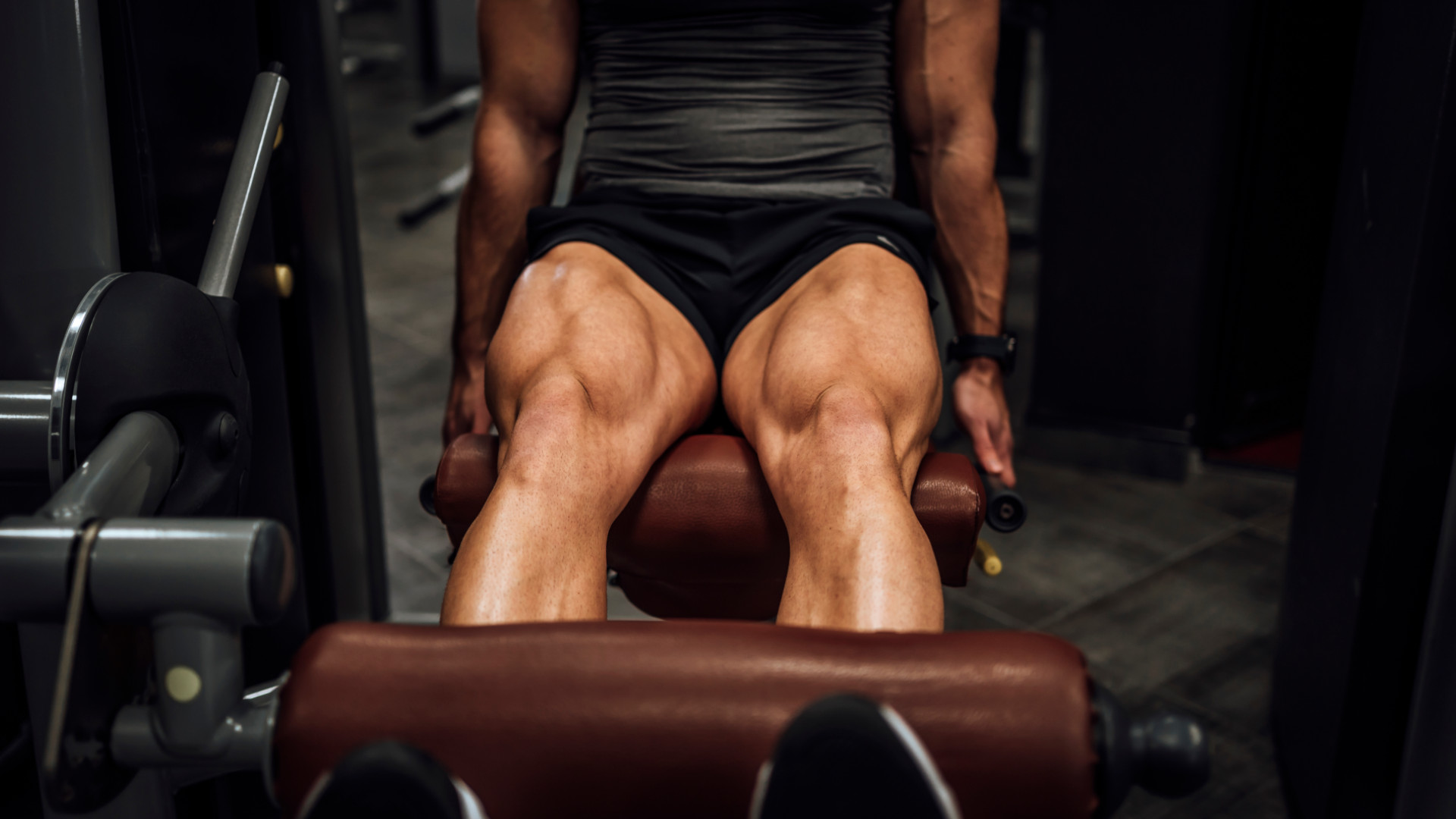
(Image credit: Getty Images)
We know what you’re thinking ‘What! But leg extensions are brilliant for hypertrophy – no setup required, easy to push to failure…’. All correct, and Dr. Pak says he still does these from time to time, by the way. However, there is a bodyweight exercise that he currently prefers…
Try swapping to: sissy squats
“Not only are they effective at torching the rec fem (rectus femoris, the long muscle that runs down the front of your thigh), but they’re also easy to superset with leg curls, which makes them a killer combo for busy hypertrophy sessions,” says Dr. Pak. This is a tough bodyweight exercise in general, but if you are able to nail it for reps, Dr. Pak suggests increasing the difficulty by slowing down the tempo, increasing your range of motion (so going lower) and, we’ll throw our two pence in, you can also add a weight belt.
Dumbbell skullcrushers
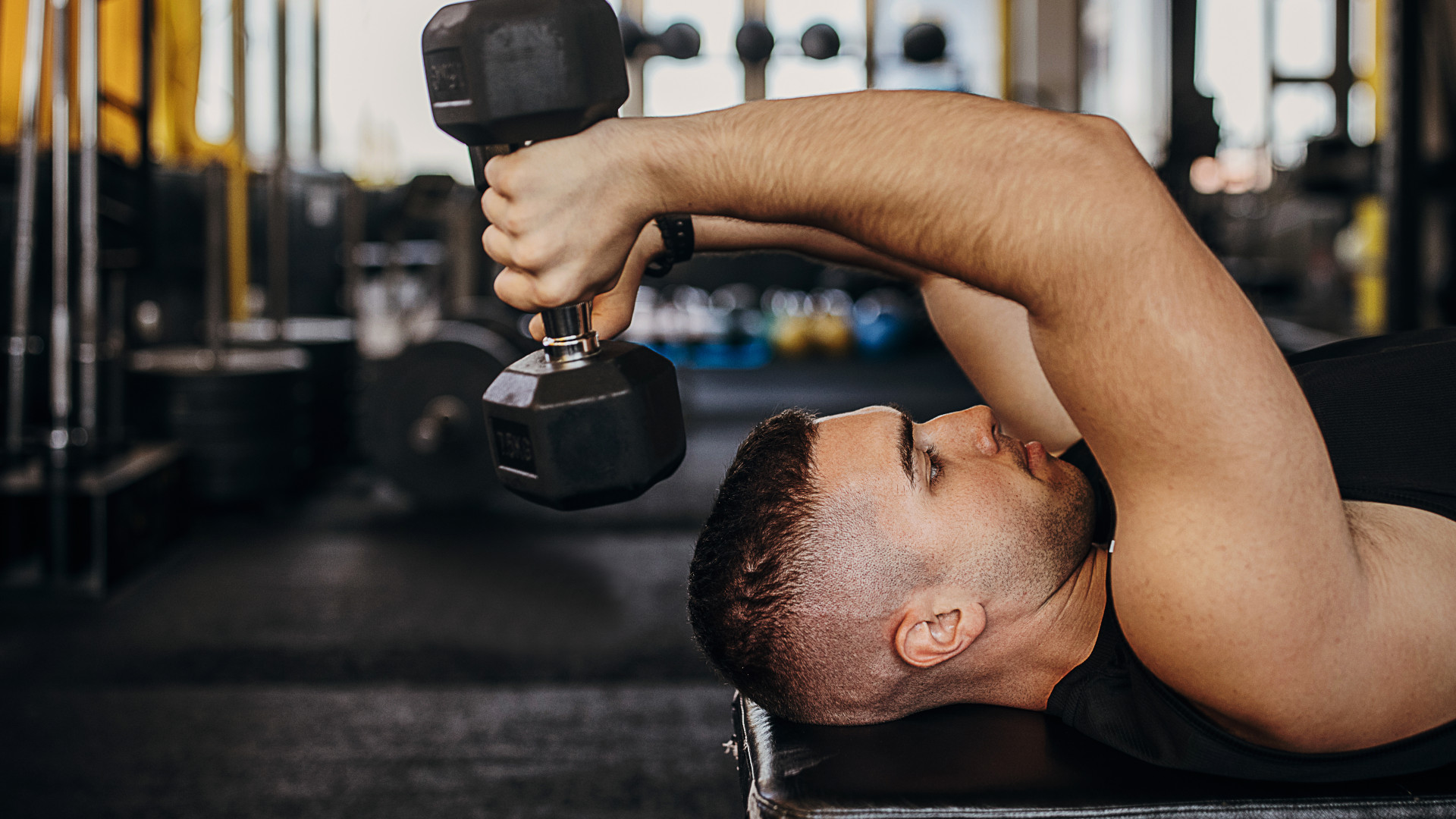
(Image credit: Getty Images)
We all know that if you want bigger arms, the triceps will need a significant amount of attention (not just the biceps), because they make up the majority of our upper arm. But Dr. Pak says he’s stopped doing skullcrushers altogether. “Don’t get me wrong they train the longhead of the triceps, and they’re simple to set up, and also quite hardcore when you do them right. That said, after a while, they started to bother my elbows a little bit more on high rep sets.” If you experience something similar, here’s what you can try instead…
Try swapping to: skullovers
This is a hybrid between a skullcrusher and a dumbbell pullover. “You’re still blasting the triceps, but the movement feels a bit more natural and the stretch at the bottom is a bit smoother. They also feel a bit easier to control through the full range of motion, and I find that I can get closer to failure without things feeling off with my elbows,” he says. Obviously, if skullcrushers don’t bother your elbows, keep doing them, or give these a go if you want to try something different.


























